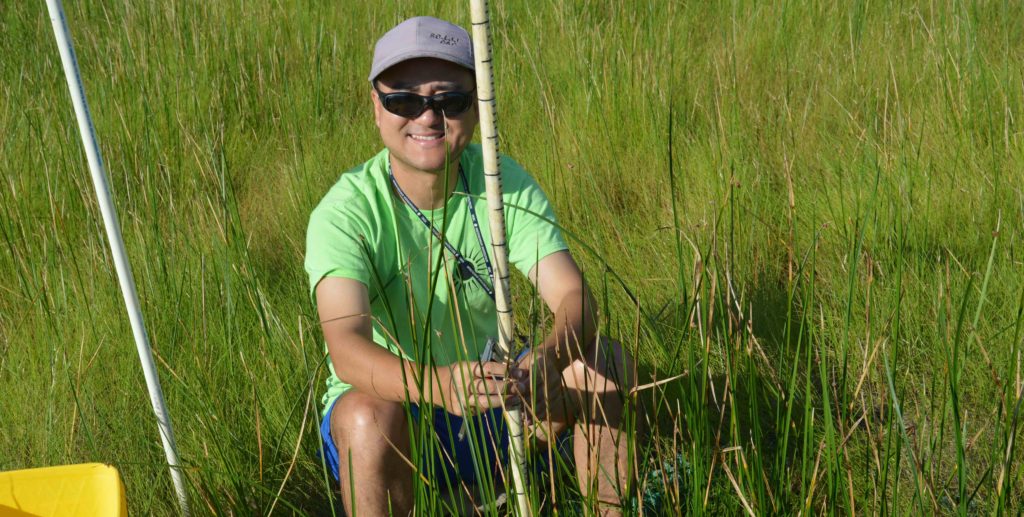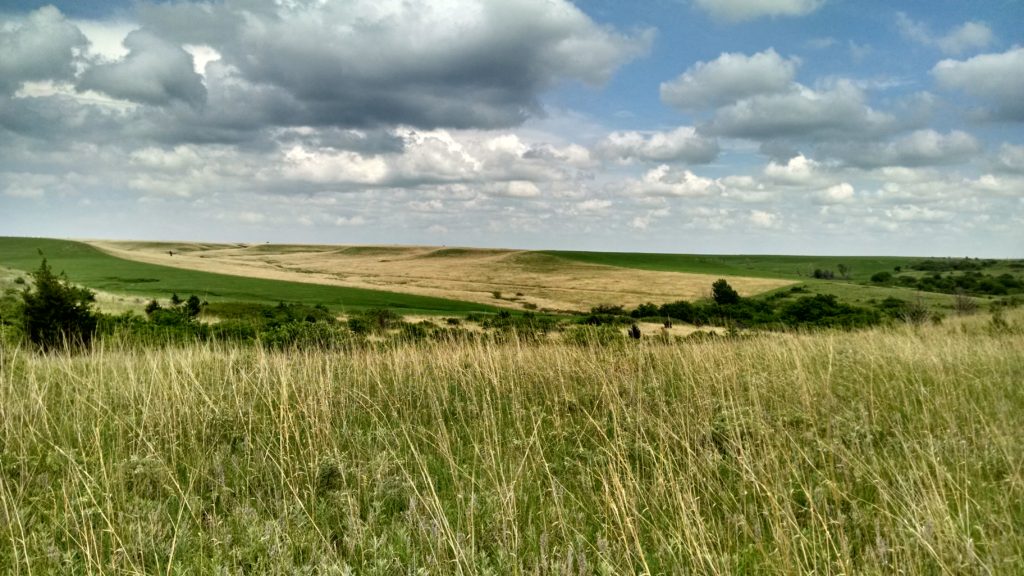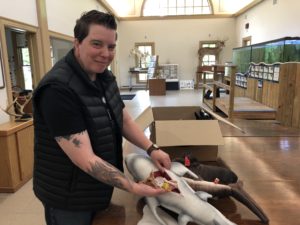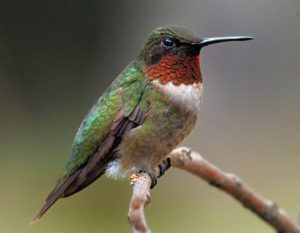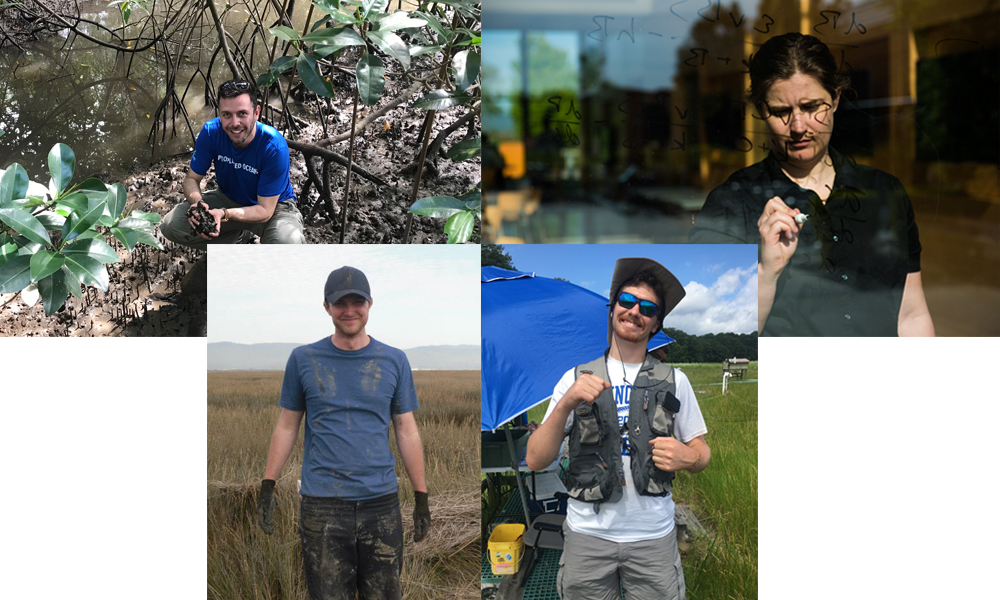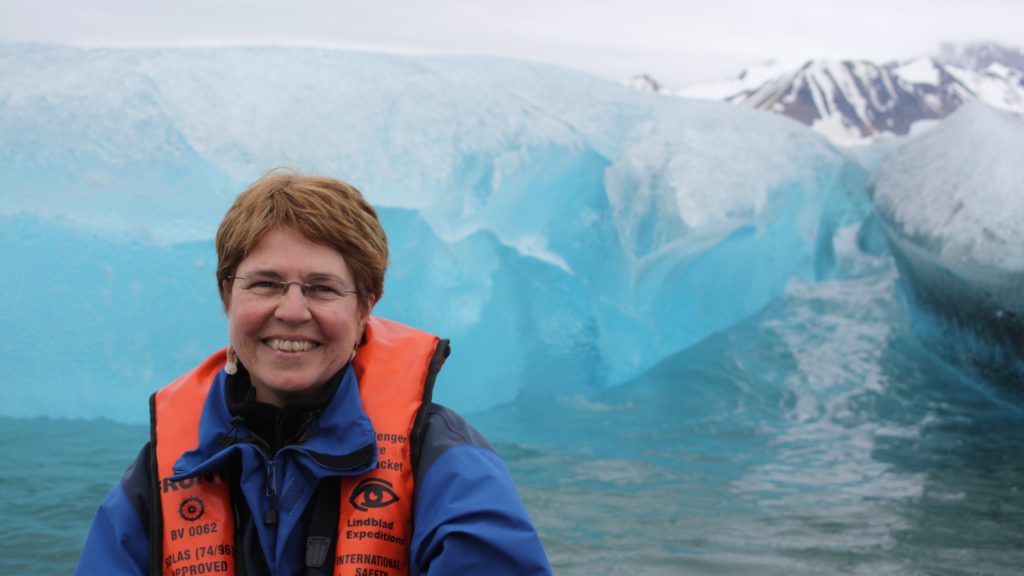
Jane Lubchenco in the Arctic. (Credit: NOAA)
by Kristen Minogue
This October, you’re invited to meet a woman who has spent decades working to save the ocean. The journey has taken her from the coasts of Oregon to Panama, New Zealand, South Africa and the Seychelles. Her name is Jane Lubchenco. In 2009, she broke ground as the first woman to head the National Oceanic and Atmospheric Administration (NOAA). But her history with the ocean began long before that.
She’ll speak in person about the future of our global ocean on the evening of Oct. 15, as part of the Smithsonian American Women’s History Initiative and the finale for the Smithsonian Environmental Research Center’s 2019 evening lectures. The full details are here. (Spoiler: It’s free.) But if you’d like a preview, here are a few snapshots from Lubchenco’s life, and her unconventional path to become one the most powerful people speaking up for the seas: Click to continue »



